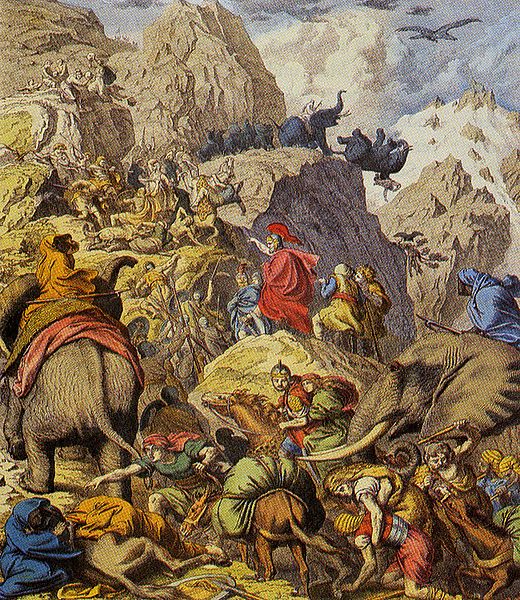(original article by Kingdom of Discord, summarised and modified with permission)
The Uncanny Valley, a term coined by Japanese roboticist Masahiro Mori, is a theory that the more humanistic a robot (or any object) is, the more humans will feel comfortable with it and show empathy and love towards it. However, there is a point where the robot almost completely resembles a person, yet there is something not quite right. At this point, human response to the robot plummets, even falling below the line of neutrality and instead reaching a point where people become uncomfortable around it, and may even become hostile towards it or be afraid of it.

For example, robots such as C-3PO (from Star Wars) that are humanoid yet obviously robotic are met with love and affection from the audience. This also applies to human characteristics, such as Wall-E who shows human emotions that we can empathise with.
But when the resemblance becomes too similar, such as a prosthetic limb, computer-generated images (CGI) such as characters from The Polar Express, or zombies, people find that there is something “wrong” and will show negative emotions towards it.
The Uncanny Valley also applies to people, especially those with a physical or mental disability that causes them to slide under the line that society names “the norm”.
There are many theories as to why this phenomenon occurs.
Firstly, the further away from human-likeness an object is, the less likely it will be compared to the “human norm”. But objects in the Uncanny Valley are more likely to be measured against “normal” humans, and thus they will be seen as “inferior”, rather than “superior to normal objects”.
Secondly, using the above theory, it can also be suggested that the primal instinct of avoiding mates with some disfigurement is elicited, causing a natural aversion.
Lastly, it may remind the person of their mortality and the fact that they could become something akin to that, invoking fear. The fear may also originate from the thought that they may become even closer to human beings, thus replacing humanity. This idea is seen in the anime Chobits.
The Uncanny Valley phenomenon is used extensively in the genre of horror movies, as people will relate more closely to human-like monsters such as ghosts and zombies than giant monsters. This will cause them to believe that it is more realistic, resulting in heightened fear. Combined with the uncanny feeling invoked by the closeness to a human, it is a potent method of scaring the audience.
It is also thought that the Uncanny Valley explains certain psychological conditions such as racism and the fear of clowns, as there is a primal aversion to those that are slightly different.











